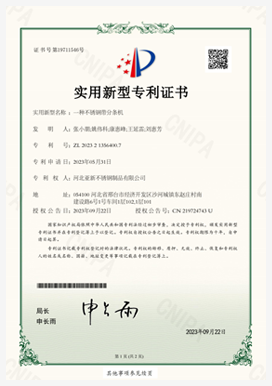Innovative Wheat Harvesting Equipment for Efficient Farming and Sustainable Agriculture Practices
The Evolution and Significance of Wheat Harvester Machines
Wheat is one of the world's most essential staple crops, sustaining billions of people with its grains that are transformed into flour, bread, and a myriad of other products. As global demand for wheat continues to rise, the efficiency of its harvesting becomes critically important. Enter the wheat harvester machine, a technological marvel that has dramatically changed the landscape of agriculture.
The history of wheat harvesting machines dates back to the late 19th century. Early machines, such as the reaper invented by Cyrus McCormick in 1831, revolutionized the manual labor-intensive process of harvesting crops. However, it was the development of the combine harvester in the early 20th century that truly transformed wheat harvesting. This innovative machine combines several harvesting processes—cutting, threshing, and cleaning—into one efficient operation, significantly reducing the time and labor required to harvest wheat.
Modern wheat harvester machines are a testament to engineering and technological advancements. Equipped with powerful engines and sophisticated cutting mechanisms, these machines can efficiently harvest vast fields of wheat in a matter of hours. Advanced features such as GPS technology, precision agriculture tools, and automated systems have further enhanced their performance. Farmers can monitor crop yield and health in real time, allowing for more precise harvesting and better yield management.
One of the most significant advantages of using wheat harvester machines is the improved efficiency of harvest operations. Traditional methods required extensive labor and were highly dependent on weather conditions. Manual harvesting could last several weeks, whereas modern machines can complete the same task in mere days. This speed not only minimizes the risk of crops being damaged by rain or pests but also allows farmers to allocate labor to other critical areas of production.
wheat harvester machine

Furthermore, wheat harvester machines have a positive environmental impact. By optimizing the harvesting process, these machines reduce the amount of fuel consumed compared to older methods. Additionally, many modern harvesters are designed to minimize soil compaction and improve soil health, contributing to sustainable farming practices. By efficiently collecting straw and chaff, these machines can also help maintain soil fertility and promote ecological balance.
Despite the many advantages, the cost of wheat harvester machines can be a barrier for small-scale farmers. However, various leasing and financing options are becoming increasingly available, enabling a wider range of farmers to access these advanced technologies. Additionally, cooperative farming models allow farmers to share resources, making it economically viable to invest in such machinery.
The future of wheat harvesting looks promising with ongoing advancements in technology. Innovations such as autonomous harvesters are on the horizon, which would further reduce labor costs and increase efficiency. Vertical farming and genetically modified wheat varieties are also being explored to enhance yield and provide resilience against climate change, ensuring a steady supply of this vital crop.
In conclusion, wheat harvester machines play a critical role in modern agriculture, influencing not only the efficiency of the harvesting process but also contributing to sustainable farming practices. As technology continues to evolve, these machines will likely become even more sophisticated, paving the way for a future where food security and environmental stewardship go hand in hand. The humble wheat harvester machine is not merely a tool; it is a symbol of progress in the agricultural sector, one that helps feed the world and support the livelihoods of countless farmers.
Latest news
-
When to Upgrade Your Old Forage HarvesterNewsJun.05,2025
-
One Forage Harvester for All Your NeedsNewsJun.05,2025
-
Mastering the Grass Reaper MachineNewsJun.05,2025
-
How Small Farms Make Full Use of Wheat ReaperNewsJun.05,2025
-
Harvesting Wheat the Easy Way: Use a Mini Tractor ReaperNewsJun.05,2025
-
Growing Demand for the Mini Tractor Reaper in AsiaNewsJun.05,2025







